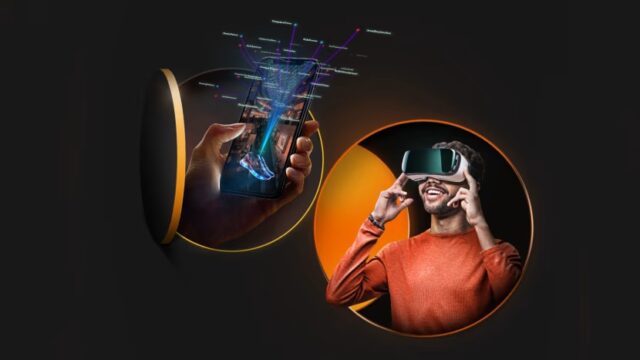Brian Haidet, who produces scientific content on his YouTube channel AlphaPhoenix, announced the development of a “camera” capable of capturing images at the incredible speed of two billion frames per second (FPS). This system captures light traveling at the speed of the universe, particularly the beam of a laser pointer.
A camera capable of capturing 2 billion frames per second using materials from a garage was developed
This new design stands out as an updated version of Haidet’s previously developed system, which was capable of capturing one billion frames per second. However, this high speed presents a significant limitation: the camera can only capture a single pixel of image at a time. Haidet’s system consists of a gimbal-mounted mirror, two tubes, a simple lens, a light sensor, and Python code to manage all of this hardware.
When pointed at a laser pointer, the developed camera can record the movement of a light beam at two billion frames per second. The shared video shows the beam moving smoothly between the mirrors. “In each frame of this video, light travels about 15 centimeters (six inches),” Haidet says. He also emphasizes that this speed is the speed limit of the Universe, and that light cannot travel faster or slower than this in any frame of reference.
So how do single-pixel footage become a complete video image? Haidet explains the process: “If all these videos are synchronized and we take many, many single-pixel videos, we can tile them side by side and play them all simultaneously. This creates something that looks like a video.” In other words, the final image is created by combining thousands of single-pixel shots recorded from different locations.
According to Haidet, it’s theoretically possible to build a more traditional, “real” camera capable of shooting two billion frames per second. However, it’s impossible to achieve this with the standard tools most people have in their garages. He notes that his single-pixel solution is more efficient than a “significantly more expensive” way of doing this. He adds that a very expensive camera “won’t give us a better result.” The ability to capture images at the speed of light with a homemade system pushes the boundaries of creative solutions in technology. What are your thoughts on this extraordinary camera design and single-pixel imaging technique?



 Shiftdelete.net
Shiftdelete.net









